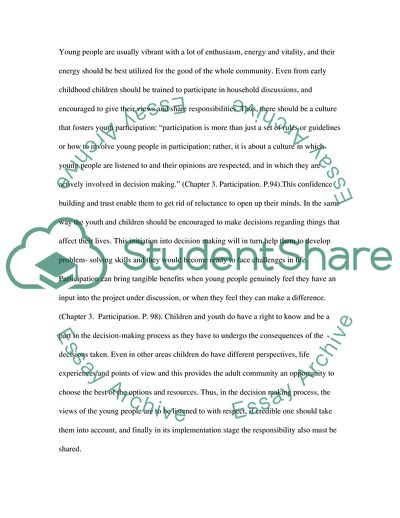Cite this document
(Methods of Working with Young People Assignment, n.d.)
Methods of Working with Young People Assignment. Retrieved from https://studentshare.org/education/1708205-do-participatory-methods-of-working-with-young-people-necessarily-improve-their-lives
Methods of Working with Young People Assignment. Retrieved from https://studentshare.org/education/1708205-do-participatory-methods-of-working-with-young-people-necessarily-improve-their-lives
(Methods of Working With Young People Assignment)
Methods of Working With Young People Assignment. https://studentshare.org/education/1708205-do-participatory-methods-of-working-with-young-people-necessarily-improve-their-lives.
Methods of Working With Young People Assignment. https://studentshare.org/education/1708205-do-participatory-methods-of-working-with-young-people-necessarily-improve-their-lives.
“Methods of Working With Young People Assignment”. https://studentshare.org/education/1708205-do-participatory-methods-of-working-with-young-people-necessarily-improve-their-lives.


